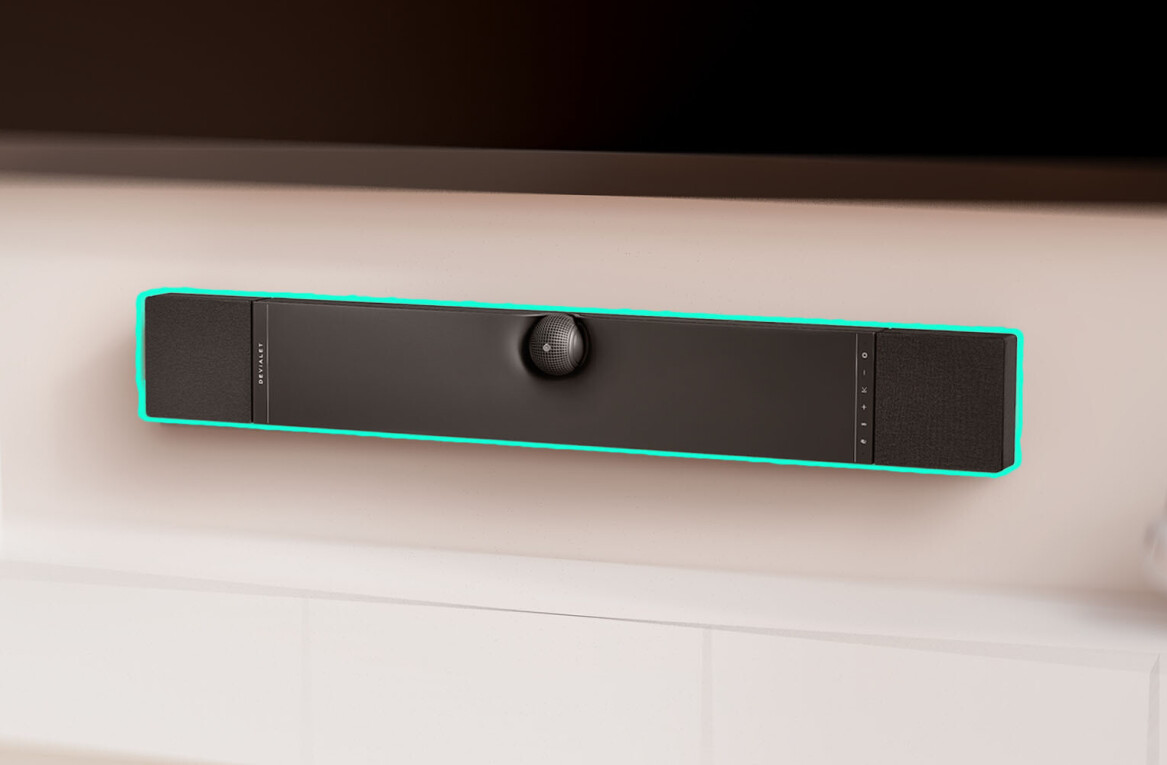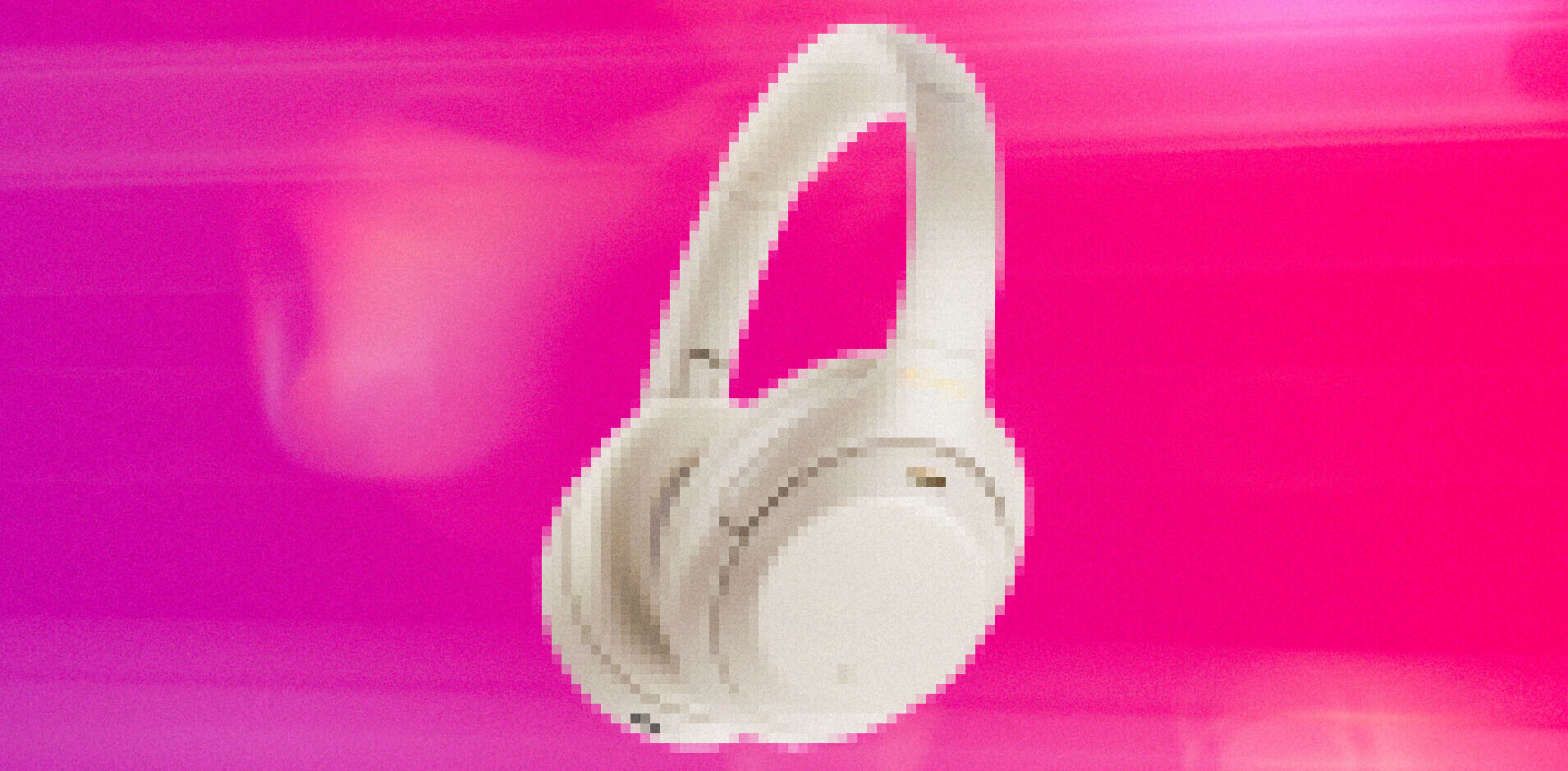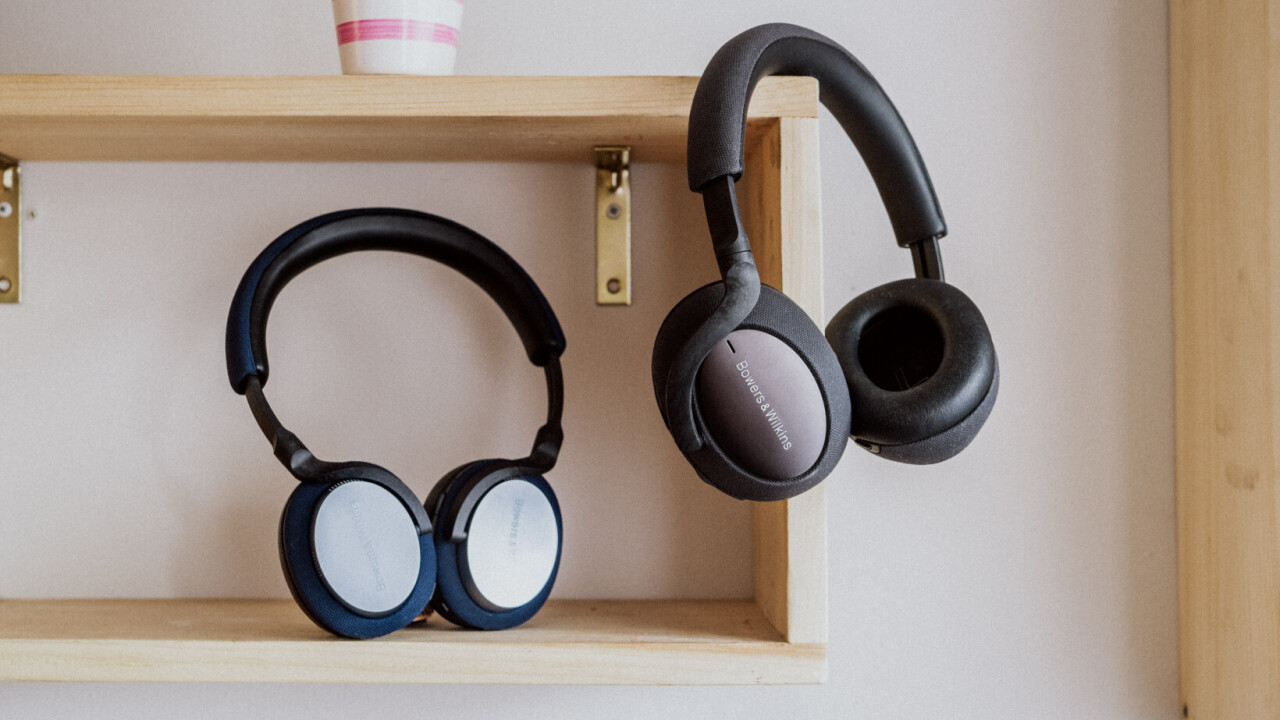
The Bowers & Wilkins PX5 and PX7 might be the most beautiful noise-canceling headphones I’ve laid my eyes on.
I know, I know, headphones should be about sound first and foremost, especially from a self-professed audiophile like me. And we’ll get to that. But more often these days, headphones are fashion accessories as much as they are audio products, so design merits some talking about.
The PX5 is the smaller, cheaper($299) on-ear variant, while the PX7 is B&W’s noise-canceling flagship($399). Both are follow-ups to the company’s PX headphones, which sounded great but had a few usability flaws.
I also thought the PX was one of the prettiest headphones on the market, but that model was undeniably flashier, especially in its shiny blue-on-gold colorway. The new models are more understated, trading the shiny metal cup arms for a carbon fiber composite that might feel a little less premium, but looks quite beautiful with a subtle marbling. The earcups do still feature some metal, and this time around the earpads are significantly more plush.

I personally found both headphones comfortable to wear for hours, though they do have some significant clamping force that loosens over time. Crucially, the earcups in the full-size PX7 are larger this time around, giving my ears more room to breathe and providing a better seal than its predecessor. The PX5 are of the on-ear variety, but I found the flush faux leather earpads quite comfortable (I personally like the earmuff vibe of on-ears, but your mileage may vary).
Both models provide a solid amount of passive isolation, as well as pretty darn good noise-canceling as well that doesn’t change the sound signature too dramatically. A Sony WH-1000XM4 this is not, but it’s more than good enough for me.
Mercifully, you can control everything via hardware buttons as well, allowing you to switch between high, low, auto, and transparency modes. B&W does have an app that lets you tweak a bunch of settings, but there is a glaring lack of an equalizer.
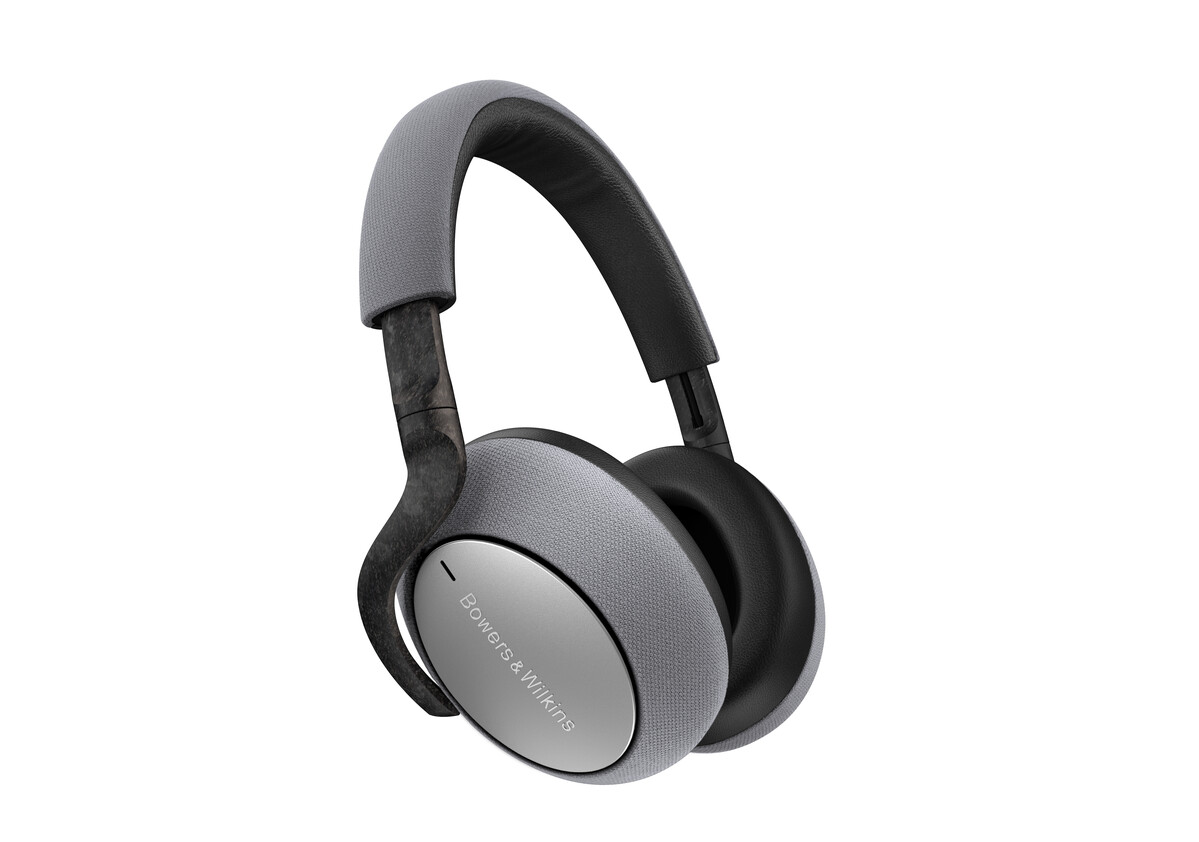
That’s a shame, because I prefer a neutral sound signature, which these do not have. Mind you, I expected that coming into the review, as in my experience B&W products tend to overemphasize bass and parts of the treble. But mostly, I just think anyone should be able to tweak headphones to their tastes.
The PX5 and PX7 have a somewhat similar sound signature — part of my reason for doing a joint review — with what I consider a bit too much bass (and I like bass!) and slightly “warm” lower mids. The PX7 also seems to have somewhat recessed lower treble and slightly hot upper treble; this will make some parts of the music sound a bit relaxed, and others hyperdetailed.
Though I wouldn’t consider them outright boomy, especially if you’re coming from a typical cheap headphone, whether they sound good may depend on your listening habits. Despite their smaller size and lower price tag, I actually found myself preferring the PX5’s treble presentation over the PX7’s, as I found the former to be smoother on the whole. The latter, on the other hand, reaches deeper into the sub-bass.
We can get a rough picture of the PX7’s sound by taking a look at some measurements.
Headphone measurements are complicated, especially without multi-thousand-dollar industry-standard equipment. However, I’ve calibrated my cheap-o system (the MiniDSP Ears) to the best of my abilities by matching over a dozen of my headphone measurements with those published by people using industry-standard equipment, including RTings, Brent Butterworth at Soundstage! Solo, and acoustics engineer oratory1990 on Reddit. The results here are not meant to be used as a reference to compare with other resources, but do they do reflect my own listening experiences.
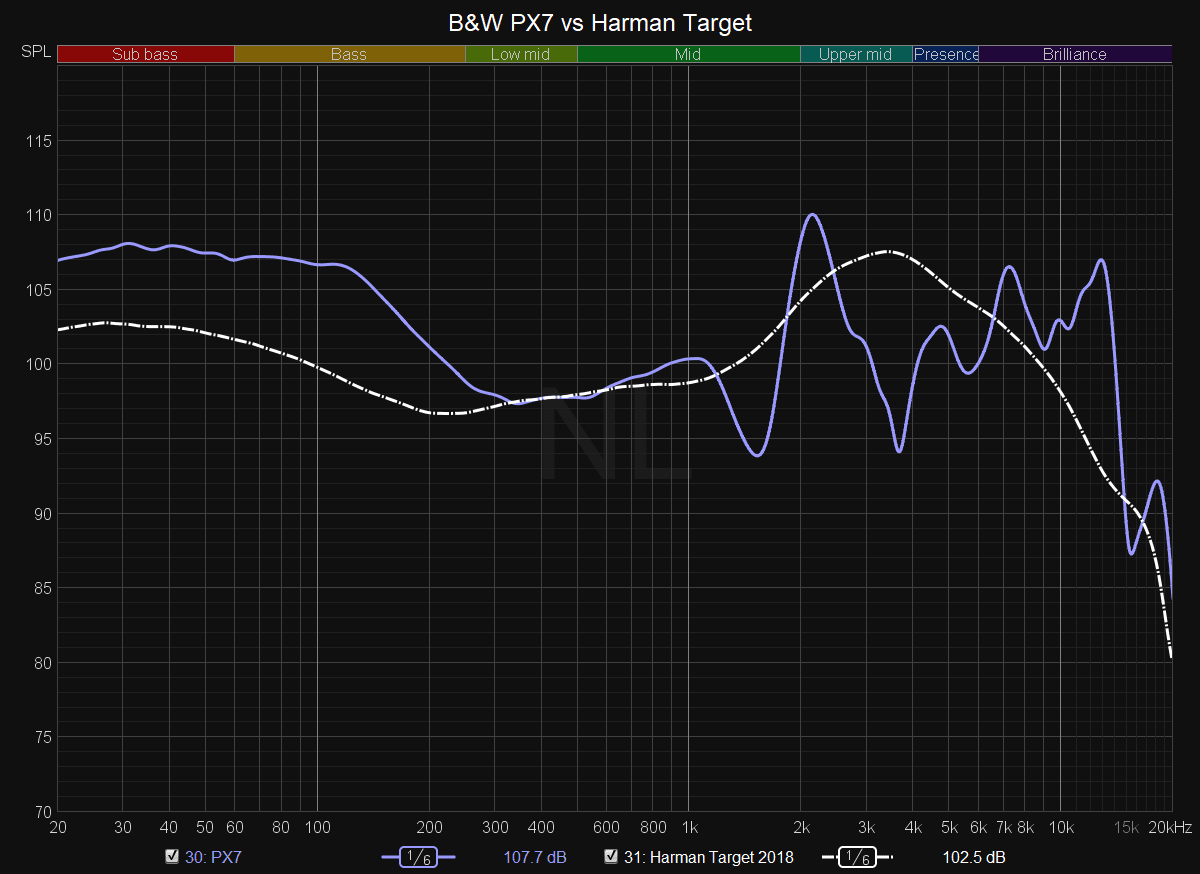
In the graph above, the white dotted line represents an ‘ideal’ frequency response that has been found to sound best for the most people in published research of headphone preferences. This is known as the ‘Harman Target Curve’ (the latest version for on-ear and around-ear headphones, anyway).
Although not everyone finds the Harman target appealing, the research involves hundreds of listeners and thousands of sessions(some good reading at Soundstage! Solo about this here). It is found by those tested to be perceptually neutral, tonally emulating a pair of good speakers in a good room. More importantly for this specific review, the target aligns very closely with my tonal preferences, so it very much reflects my subjective impressions.
Focusing on the broad trends, we can see what I described earlier: an excess of bass that some may find appealing but is just a bit too much for my tastes. We can also see the treble balance varying broadly, underemphasized at some points, and over-emphasized at others.
For comparison, one of my favorite headphones, the Focal Clear, follows the general contour of the target more closely, except it lacks sub-bass:
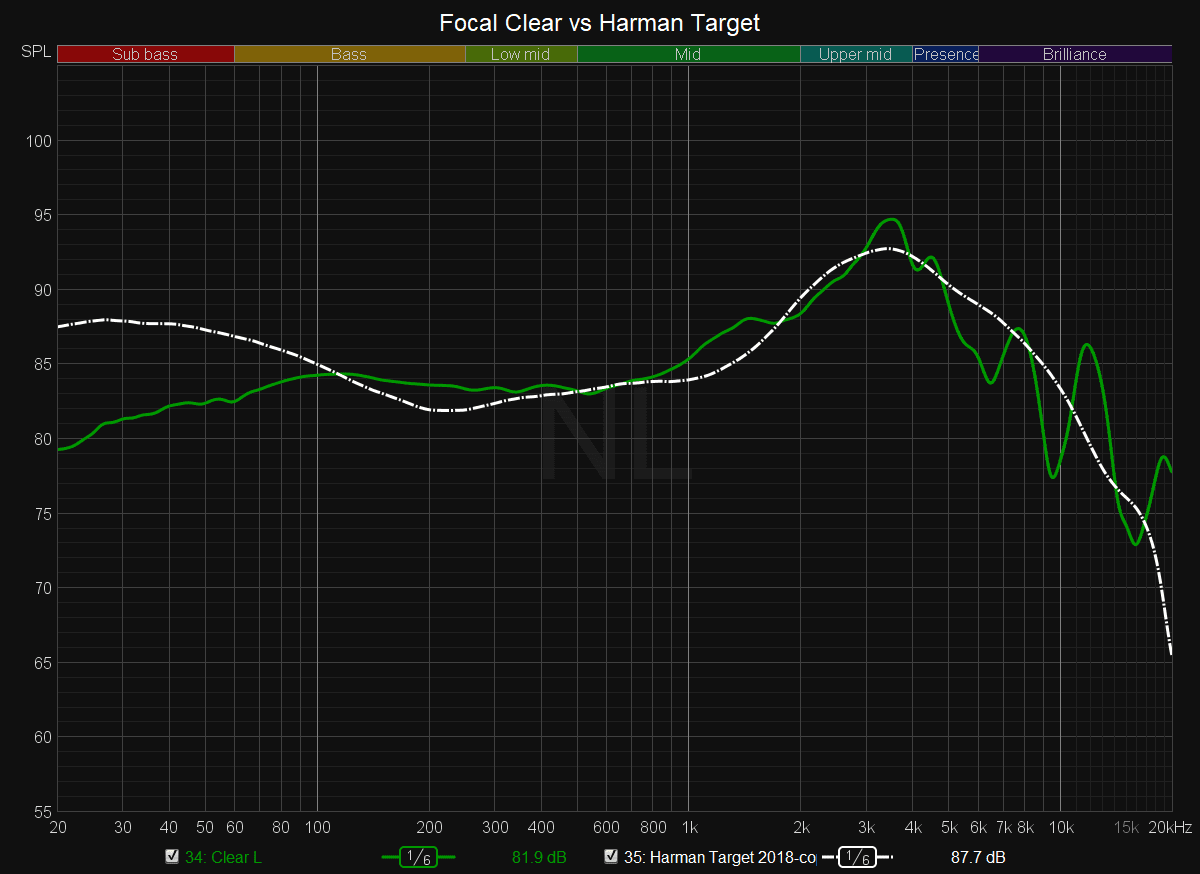
And yet, despite reservations about B&W’s tonal balance, I found myself liking the headphones. Though I generally consider an even frequency response to be the most important part of a headphone’s sound signature, there are other things that affect enjoyment.
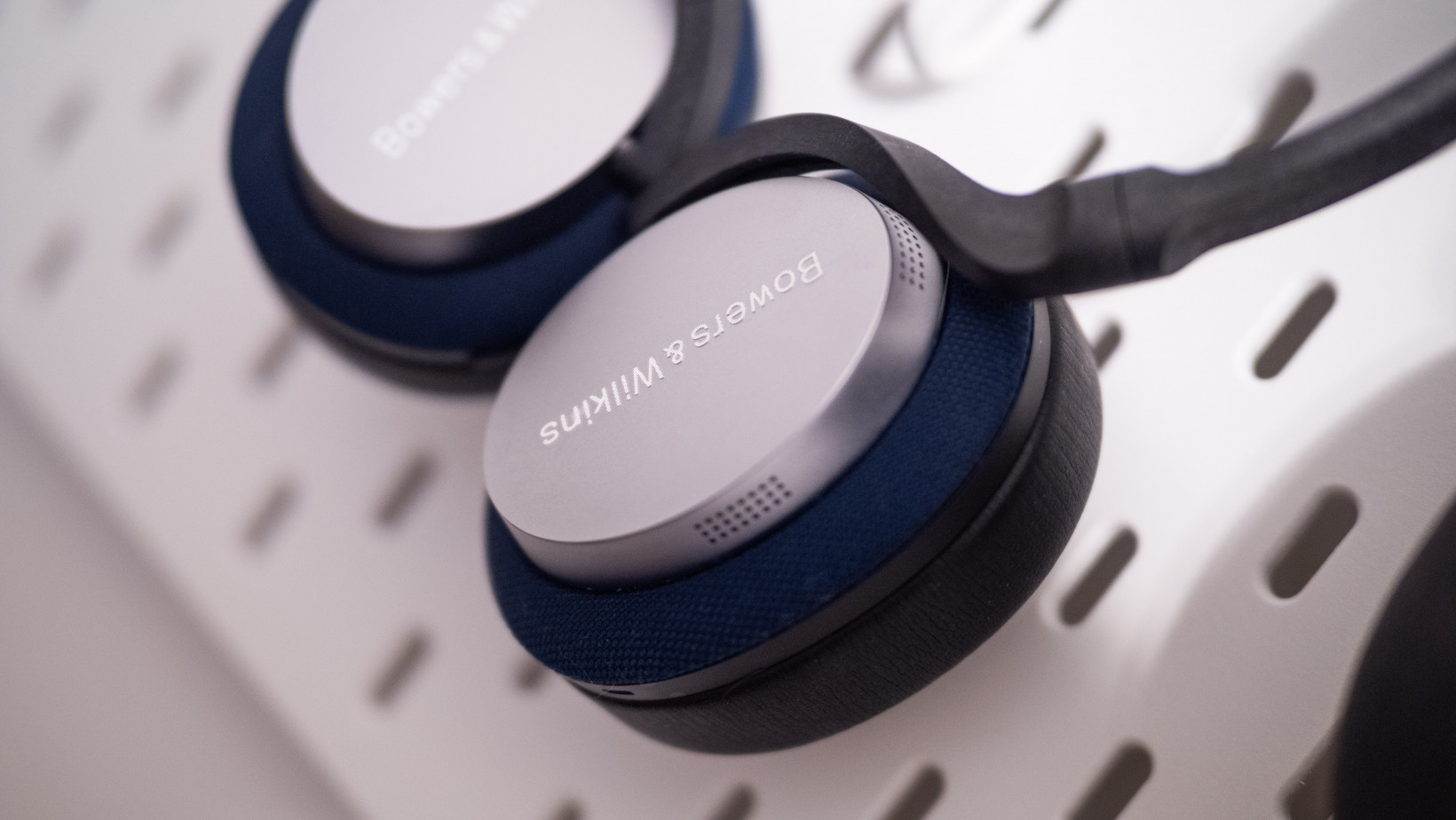
The headphones mostly avoid harshness, for instance, avoiding excessive peaks in the presence region that can be mighty uncomfortable on some headphones (again, the PX5 seemed better to me in this regard). The PX7 also features a larger soundstage than one might expect from closed-back headphones, aiding its spatial presentation with classical music and the like.
One of my pet peeves with wireless headphones is background noise or hiss, which I still often find present even in high-end headphones. These are thankfully devoid of such distractions.
The Razer Opus and Shure Aonic 50, for instance, sound more neutral to my ear, but I find their background noise distracting during quiet passages. Sometimes, I want to wear the headphones exclusively for noise-canceling purposes, and the noise is even more distracting then. The lower noise floor of the PX5 and PX7 seem to make them more revealing of low-level detail than some wireless headphones I’ve tested.
And unlike some headphones, including their predecessor, the bass is presentation is not very picky about fit. B&W seemingly automatically adjusting bass levels depending on how good a seal the headphones make, although the treble can be a bit more finicky. The PX5 and PX7 also sound consistent with noise-canceling at different levels, unlike some headphones that vary more with settings.
Point is, these are probably not headphones you’d necessarily want to use to mix an album or for the most neutral representation of music, but if you don’t mind the tuning choices — or have another way of implementing EQ — they may be enjoyable in other ways.
A few extra notes before we wrap up:
- The headphones offer 3.5mm connectivity, but they need to be powered on to work.
- Battery life is rated at 25 hours and 30 hours for the PX5 and PX7, respectively. I believe the claims; they seemed to last forever.
- They charge via USB-C, as all headphones should.
- The headphones automatically pause when you take them off, and I experienced few false detections. Range is also excellent.
- You can use them via USB.
- I experienced no signal dropouts while out and about
- Microphone quality was okay. Not bad, but nothing remarkable.
- The noise-canceling doesn’t create uncomfortable pressure on my ears.
- The PX5 and PX7 have very low latency and support AptX HD, LDAC, and AAC for the highest quality audio compression on both Android and iOS devices.
- Did I mention they are gorgeous?
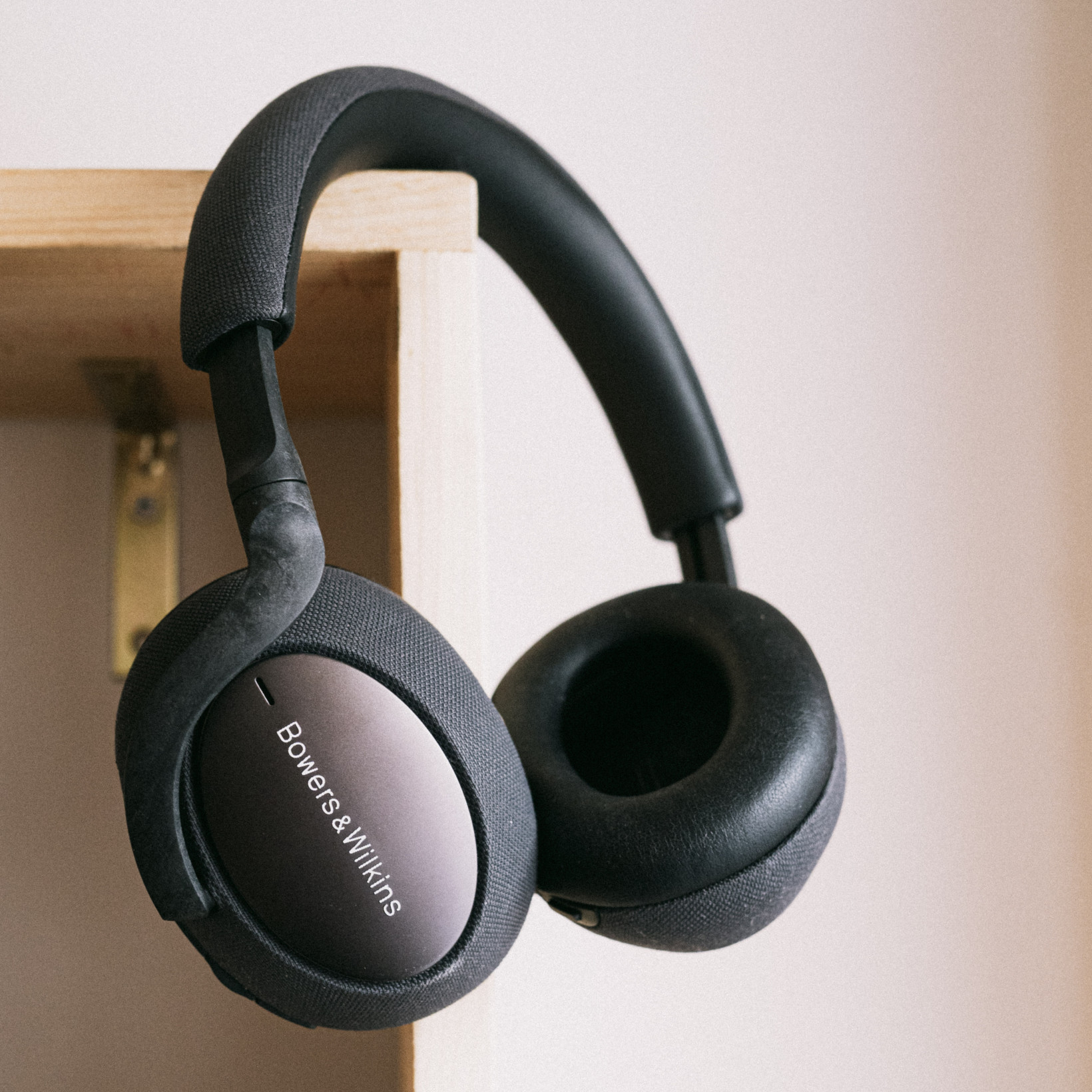
The B&W PX5 and PX7 get a lot right. Their design is stunning, they are comfortable, they have good noise-cancelation, their battery life is fantastic, the controls are well thought out. I love almost everything about them except the sound, so it’s a bit of a shame I only “like” the sound.
I wouldn’t buy the PX5 or PX7 at MSRP on their sound quality alone, but headphones are more personal than other audio devices. As an audiophile, I like to think I prioritize neutral sound above all else. Yet the longer I review headphones, the more I find myself conceding my enjoyment is an amalgam of multiple qualities, most of which the PX5 and PX7 excel at.
And so, I still found myself picking these headphones over other units whose tonal balance I might prefer. As long as you are not expecting neutrality — or should B&W ever release an EQ function — the PX5 and PX7 are worth considering.
Get the TNW newsletter
Get the most important tech news in your inbox each week.

